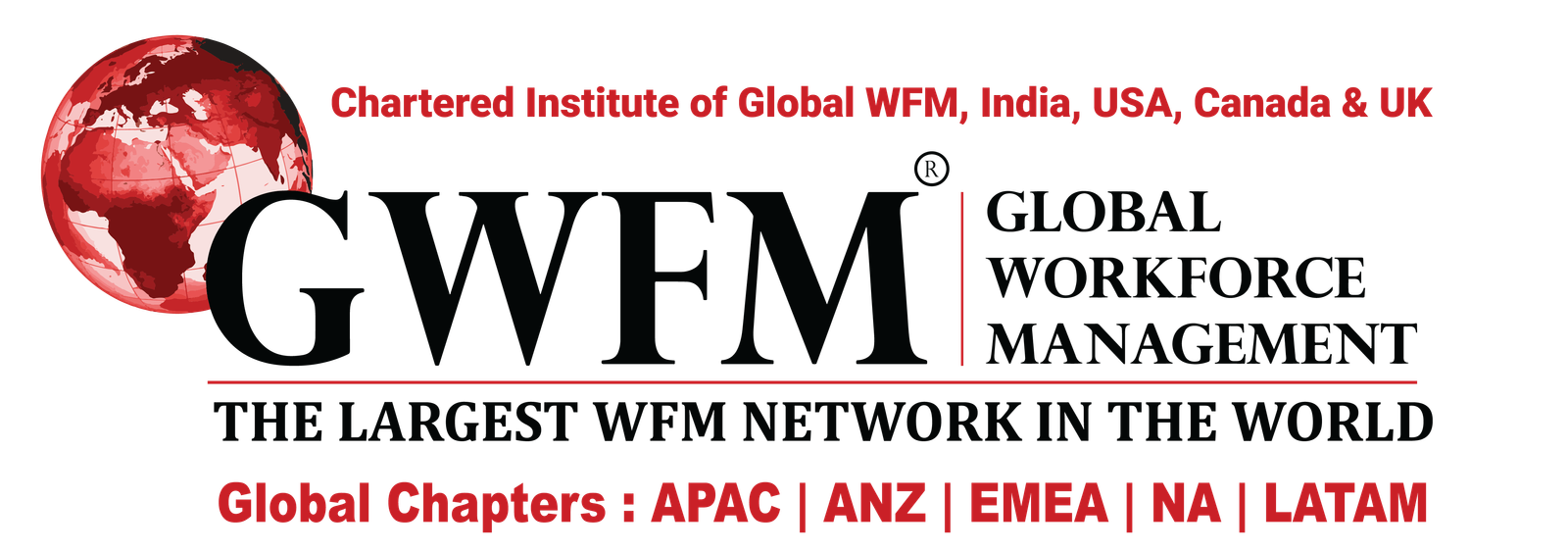Bridging the Tech Industry’s Talent Gap in 2024

For years, organizations were slow to adopt digital transformation, then the pandemic struck.
Organizations were forced to pivot as their workforces transitioned to remote work and digital transformation became more urgent than ever. This increased the demand for digital tech skills and opened more positions for skills related to critical technologies such as cybersecurity, cloud computing, artificial intelligence (AI) and machine learning, Internet of Things, and big data, by five times, creating a shortage of qualified talent.
Today’s global workforce is still trying to keep pace with the constantly growing demand for talent these conditions have created. According to a of more than 2,500 workers in the U.S. from Robert Half, one in four respondents were currently looking for a new role in 2023, and an additional 24 percent planned to start searching by the end of last year.
Skyrocketing Global Attrition Rates
Attrition is something that keeps every employer up at night. To stay competitive in today’s environment, companies are offering higher salaries to skilled candidates to win the talent war and meet their talent requirements.
Types of attrition drivers include:
• Individual: Career aspirations, personality factors
Organizational: Culture, onboarding, compensation, lack of growth in career path, no flexibility and freedom, job stress, or burnout
• Others: Peer pressure, poaching, and work environment
Alternatively, many existing employees face the challenge of catching up with in-demand skills. This has caused high wage inflation, making it difficult for small- and medium-sized businesses to compete with big enterprises.
Facing Competitive Job Markets
As the global economy looks to stabilize this year, many regions are now seeing decreasing inflation rates. This will result in companies beginning to ramp up more hiring, creating more opportunities for candidates. Shifting from Employer-Centricity to Employee-Centricity
Over the past year, the total headcount in India’s tech industry has increased to 5.43 million from 5.37 million.
With the growing demand for qualified candidates, there is an outright shift in the global job market leading to candidate-employee centricity. There is a change in how people view their work, expectations, and demands from a job.
Since the pandemic, there has been an unprecedented shift in the focus of employees. Previously, job security and compensation might have been the only deciding factor for a candidate to change jobs. Now, employees expect more from employers. They want to know they are valued, for example, and they want flexibility in terms of both, location and hours. To attract the perfect candidate, employers must build an inclusive culture and rethink their employee value proposition. The benefits of creating an employee-centric organization include increased productivity, ability to attract top talent, improved customer satisfaction, and employees who are better matched to their skills.
Reskilling and Upskilling Workforces
To beat the competition and bridge the skill gap, organizations are heavily investing in reskilling their existing workforce. Global recruiting firms are adding reskilling employees to their strategy. Of course, every new skill taught will most likely become obsolete within the next five years. Technology is evolving at neck-break speeds. Hiring only skilled candidates is not enough. Employers need to find candidates who are long learners and understand the value of staying relevant in the future.
Rethinking Recruitment Strategy
The impact of the tech talent shortage is being felt by organizations across the globe. To be successful, companies need to revisit their hiring strategies.
Staffing and recruiting companies are adopting AI-powered technologies that give them a competitive edge such as applicant tracking systems, chatbot and texting recruitment capabilities, customer relationship management solutions, workforce management platforms, and diversity hiring tools.
Meanwhile, corporate organizations, systems integrators, and managed service providers are also looking to technology to manage the entire talent acquisition lifecycle. They’re now finding themselves needing more unified vendor management systems that include many of these capabilities. At Ceipal, advanced AI technology, including generative AI, continues to drive our innovative approach to meeting today’s talent challenge.
Resource: GWFM Research & Study.
